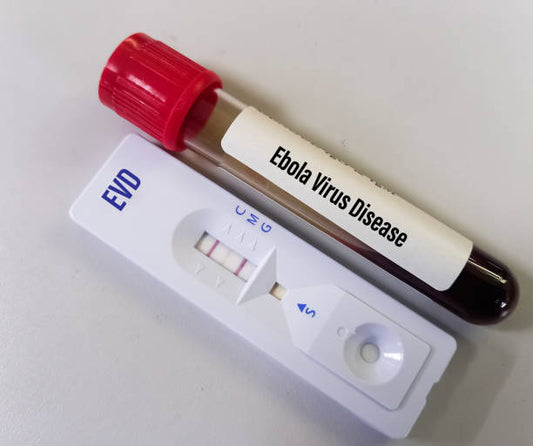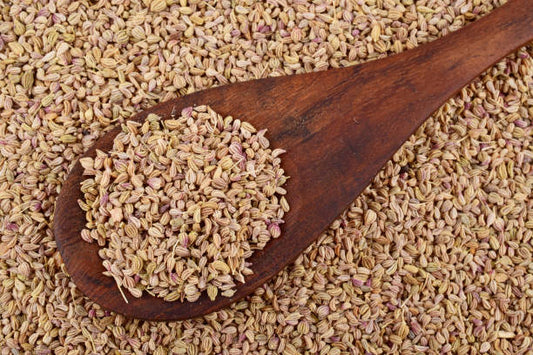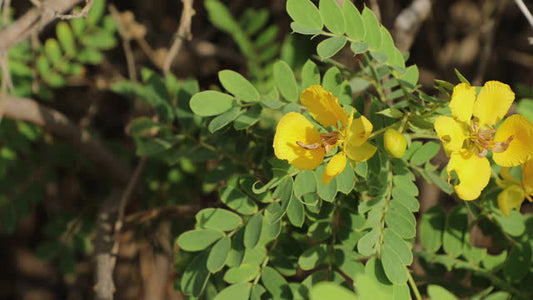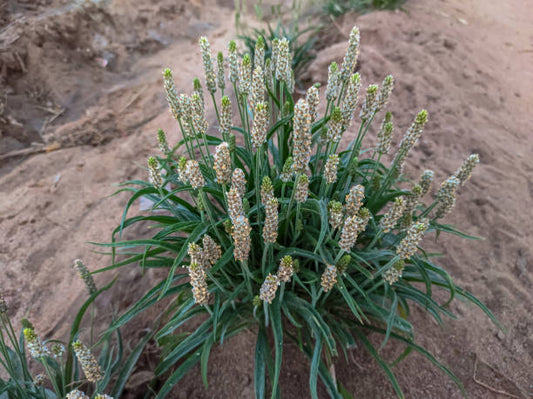Gandhaka, commonly known as "sulfur" in English, holds a significant place in traditional medicine systems such as Ayurveda and Unani. This yellow, naturally occurring element has been utilized for various purposes throughout history. In this article, we'll explore what Gandhaka is, its traditional and modern uses, potential benefits, and important considerations regarding its usage.
What is Gandhaka (Sulfur)?
Gandhaka is a chemical element with the symbol "S" and atomic number 16. In its natural form, it appears as a bright yellow solid with a distinct odor. It is abundant in nature and has been used for centuries in various cultures for its medicinal and therapeutic properties.
Traditional Uses:
- Ayurveda: In Ayurvedic medicine, Gandhaka is known for its detoxifying and antiparasitic properties. It is used to treat skin conditions, digestive issues, and respiratory ailments.
- Unani Medicine: In Unani, Gandhaka is used as an ingredient in various formulations for its potential benefits on the skin, digestion, and respiratory health.
- Topical Applications: Sulfur-based preparations have been used to address skin issues like acne, eczema, and psoriasis due to their antimicrobial and anti-inflammatory properties.
Modern Uses and Benefits:
- Skin Conditions: Sulfur is a common ingredient in over-the-counter skincare products designed to manage acne. It helps reduce excess oil production and unclog pores.
- Hair Care: Some shampoos and treatments containing sulfur claim to address dandruff and certain scalp conditions.
- Agriculture: Sulfur is used as a component in fertilizers to enhance plant growth and soil quality.
- Pharmaceuticals: Sulfur compounds have been studied for their potential in treating various health conditions, including cancer and certain infectious diseases.
Potential Side Effects and Considerations:
-
Skin Irritation: Some individuals may experience skin irritation or allergies when using products containing sulfur. It's advisable to do a patch test before applying such products to a larger area.
-
Odor: Sulfur has a distinct odor, which can be bothersome to some people. Skin preparations containing sulfur may temporarily leave a lingering smell.
- Allergic Reactions: Although rare, some individuals might be sensitive or allergic to sulfur, leading to adverse reactions.
FAQs:
Q: Can I ingest Gandhaka for its health benefits?
A: In traditional medicine systems like Ayurveda, internal use of Gandhaka is mentioned, but it's crucial to consult a qualified healthcare practitioner before consuming it, as improper use can be harmful.
Q: Is Gandhaka safe for pregnant women and children?
A: Pregnant or breastfeeding women and children should consult a healthcare professional before using products containing sulfur.
Q: Can sulfur-based products be used on sensitive skin?
A: Sulfur can be harsh on sensitive skin. It's recommended to consult a dermatologist before using sulfur-based skincare products, especially if you have sensitive skin.
In Conclusion:
Gandhaka, or sulfur, has a rich history of use in traditional medicine systems like Ayurveda and Unani. While it has found its way into modern skincare and pharmaceutical products, it's essential to use them cautiously and consult professionals when needed. As with any remedy, individual reactions can vary, so it's advisable to approach its use with awareness and care.
Author: Nikita Vishnoi BCA












